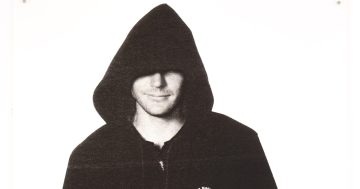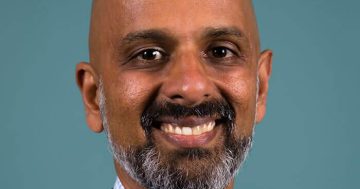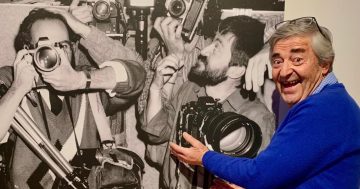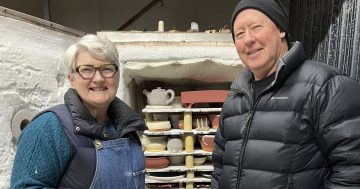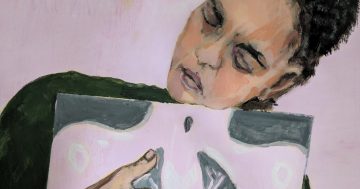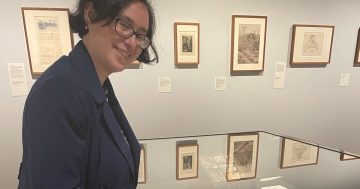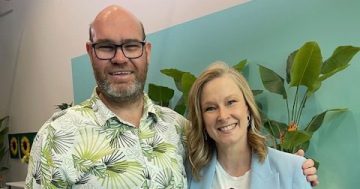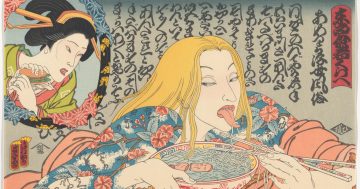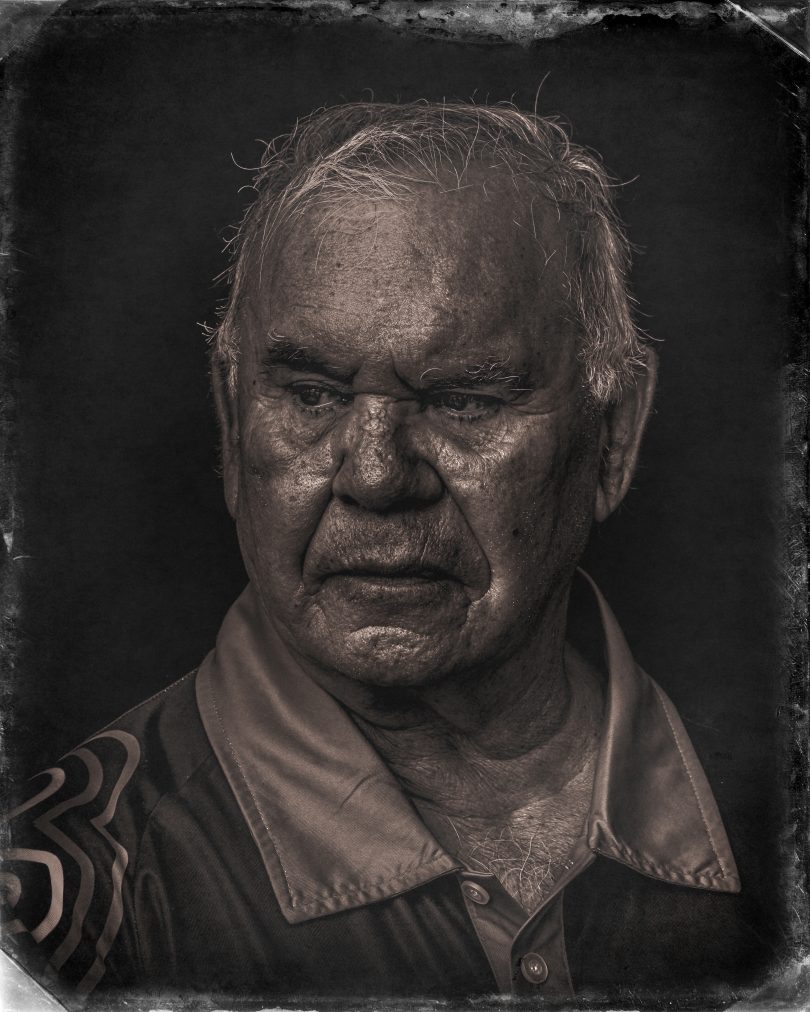
Stolen Generation survivor James Michael ‘Widdy’ Welsh as part of the We Bleed the Same exhibition. Photo: Tim Bauer.
“They’re just photos, these are just ordinary people, but what makes them powerful is the story behind them.”
This is what photographer Tim Bauer believes has been captured in the We Bleed the Same exhibition at the Australia National University.
The exhibit features 33 photographic portraits and stories of people from a wide variety of backgrounds – from Holocaust to Stolen Generation survivors, refugees, child soldiers and activists to sporting stars.
The aim of the project? To tackle racism in the “lucky country” of Australia.
“They say a photo is worth a thousand words, but a thousand words can really make a powerful photograph,” Tim said.
“We just want people to understand that we’re all the bloody same.”
The exhibit is the brainchild of producer Liz Deep-Jones, who said she felt it was time for all of us to speak up, stand up and take action against racism.
“As a child I was taught to treat everyone the same no matter their background, race or religion, even though as migrants my parents were subjected to racism on a regular basis,” she said.
Stolen Generation survivor Uncle Widdy is one of the people who shared his story for the exhibition.
“I was told I would be number 36,” he said. “If I used my name I was beaten, abused, treated less than an animal in the evil Kinchella Boys home we were forced to stay in.
“People say we were stolen. I don’t like that word. I’m not an object, I’m a human being who was kidnapped from my family thanks to a racist government policy.
“I lost my culture, identity and family, and spent my whole life trying to drink my pain away, suffering. I’m still learning about my heritage and trying to heal.”
Tim remembers the moment Uncle Widdy stepped into his studio.
“Uncle Widdy turns up with Liz. When he walked in he looked at me, and we walked to each other and hugged each other and just cried. I could just feel his pain,” he said.
“We all read these stories, but to actually meet them and hear them and feel their pain, it’s life-changing, and it’s an honour that they trust you with their story.”
Holocaust survivor Ernie Friedlander OAM is another person whose story has been captured on film.
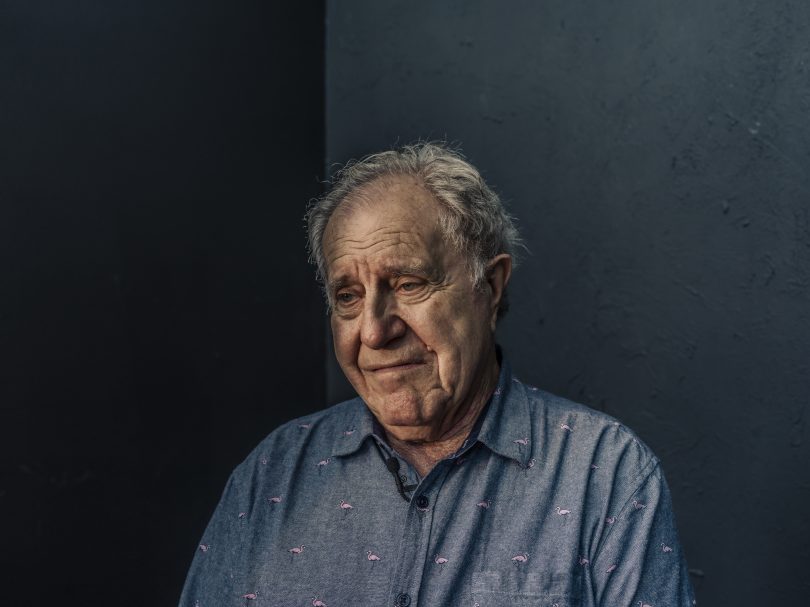
Ernie Friedlander as depicted in the exhibition. Photo: Tim Bauer.
“This German soldier came up to my mother and whispered something to her,” he recalled of his experience on a Nazi march when he was seven years old.
“I didn’t hear what he said but a minute or two later my mother suggested to me I fix her shoelaces. As I went down to fix her laces she grabbed me and we rolled down the side of the road.
“The German soldier took a huge risk because he suggested it to her and if they found out he would have been shot.”
Ernie arrived in Australia when he was 15, and learned English at night school.
He said the worst racist moment he encountered when in Sydney was “more people like you should have been put in the oven”.
But he hasn’t looked back, dedicating his life to educating young people about racism, bigotry, promoting respect for diversity and an inclusive society.
“With stories like Ernie, you see the pain on his face,” Tim said.
“But he also has this happy-go-lucky attitude, he’s amazing.”
Tim said he hopes when people see this exhibition, and learn about the people featured rather than taking them at face value, they gain a wider understanding of all the people in our communities.
“I hope people are more understanding, compassionate, educated and, hopefully, this won’t happen again,” he said.
“The world is not just a fabulous, rosy place but out of these hardships, goodness can come.”
Liz Deep-Jones also wants people to question why they think they’re more entitled to something than someone else.
“Racism will never go away, but I am doing all I can to create a better understanding and acceptance of one another,” she said.
The We Bleed the Same exhibition is at the ANU Research School of Social Sciences building for the next six months, courtesy of the ANU-based Herbert and Valmae Freilich Project for the Study of Bigotry.
Members of the public are also encouraged to send photos through social media reflecting their culture and lifestyle in Australia.












